The pin with the Moor of Venice, which has caused scandal at Buckingham Palace, is Italian. But it is not racist. Here is the story ♦ ︎
It’s all a misunderstanding. The brooch that has sent Buckingham Palace into crisis was made by an Italian jeweler, but does not have a racist vocation. When, before Christmas, Marie Christine von Reibnitz, princess of Kent married to Michael, the first cousin of Queen Elizabeth, showed up at the royal palace for lunch wearing a brooch that depicted a Moor, she did not think she would raised a controversy over the usual social media. The brooch, however, had a strong impact, because it was linked to the fact that Prince Harry’s official girlfriend, Meghan Markle, has a black-skinned mother. In short, it would have been a provocation.
Then the official apologies arrived: a spokeswoman for the princess said, later, that Marie Christine von Reibnitz was “very sorry and distressed for causing an offense”. And that, on the other hand, had worn the brooch many times without anyone having anything to say. Although, in truth, the same princess had in the past committed some gaffe that had been emphasized by the newspapers.
One fact remains: the brooch with the blackamoor is a racist symbol? Nardi, the Italian jeweler who made the jewel, and many others of the same kind, explains that this is not the case. The Moretto is a traditional figure of the Renaissance in Venice, so much so that William Shakespeare also uses a black-skinned man, Othello, for one of the most famous tragedies set in a Venetian colony, as was at that time Cyprus. The image of the Moor is recurrent in the works of art and jewelery of 18th-century Venice. And many tourists buy this classic image of the history of Venetian art without any racist intention.
Nardi has a shop in Piazza San Marco, is a traditional family business and produces jewelry from the late twenties. «The brooch belongs to the Renaissance collection», the jeweler explained. And it has no discriminatory meaning, but if anything it is an icon that belongs to a historical period. Perhaps, in short, the real scandal is the ignorance of history and art. Rudy Serra

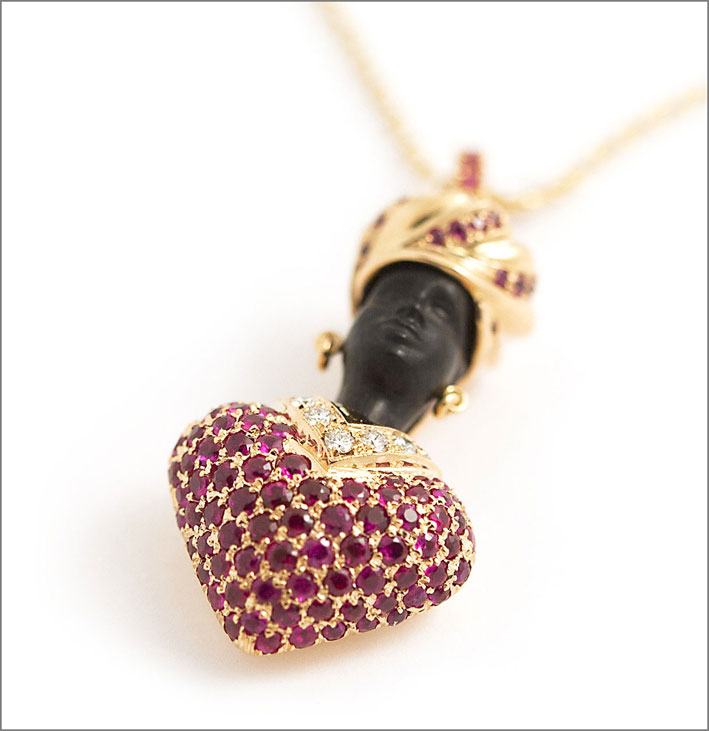
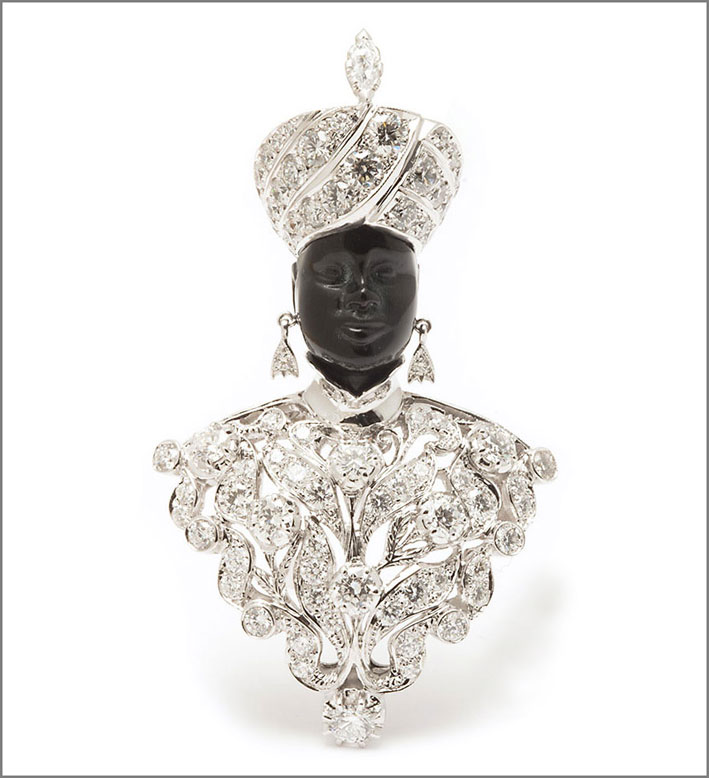
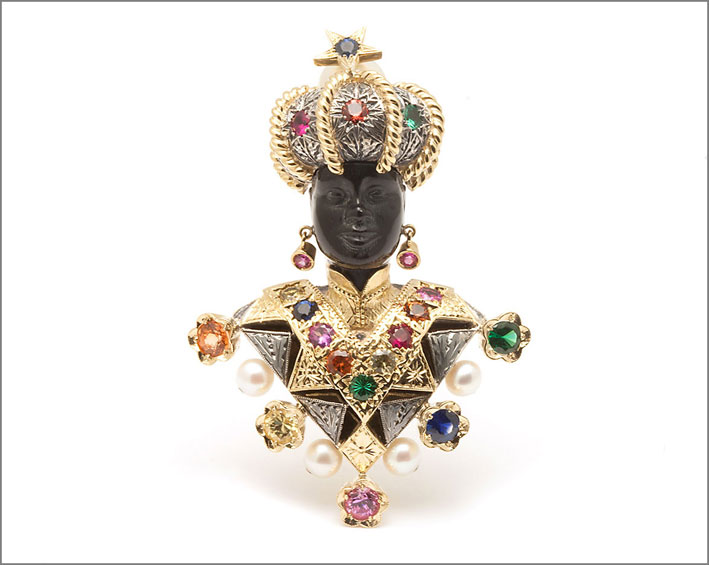
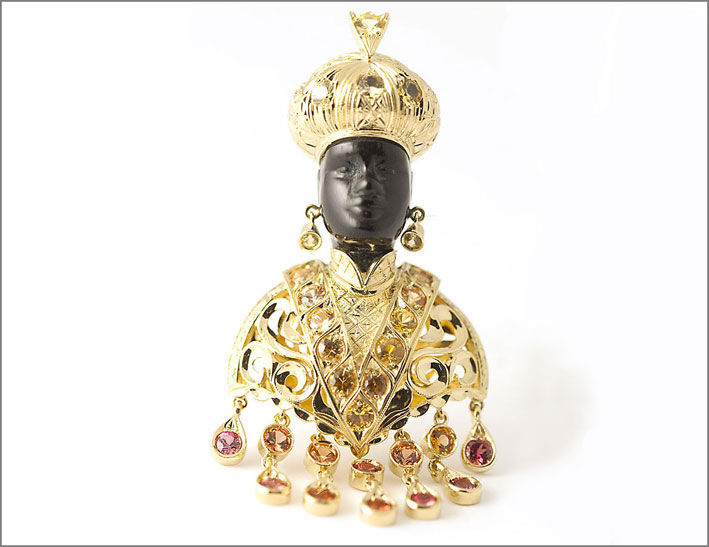


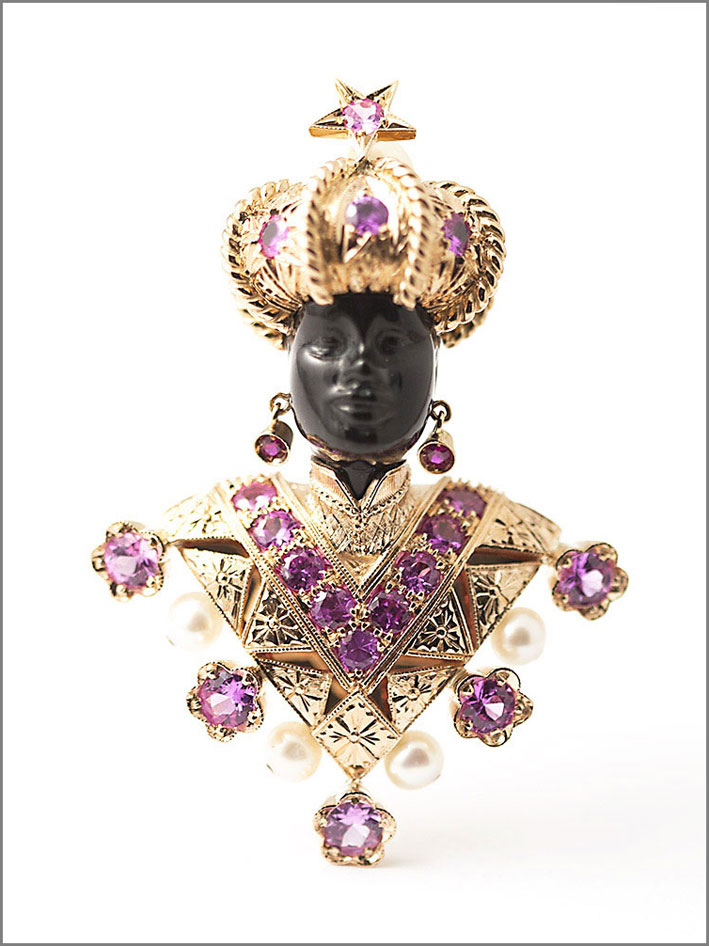

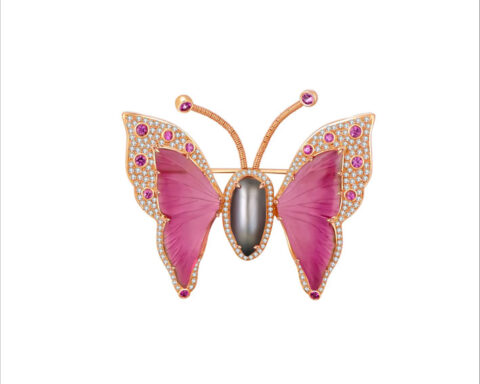

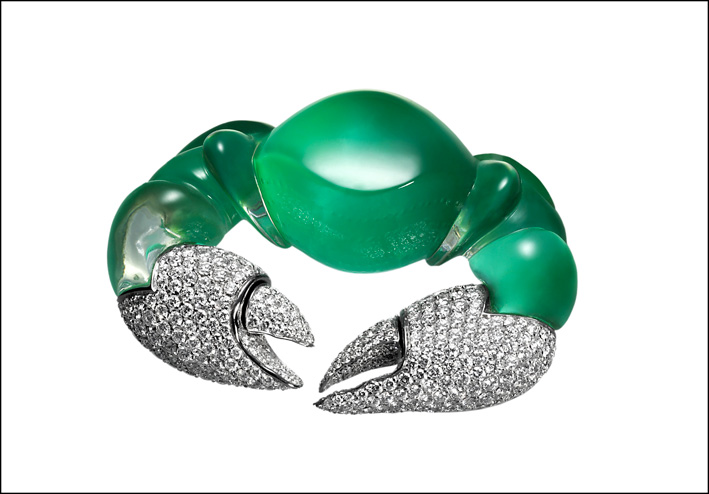


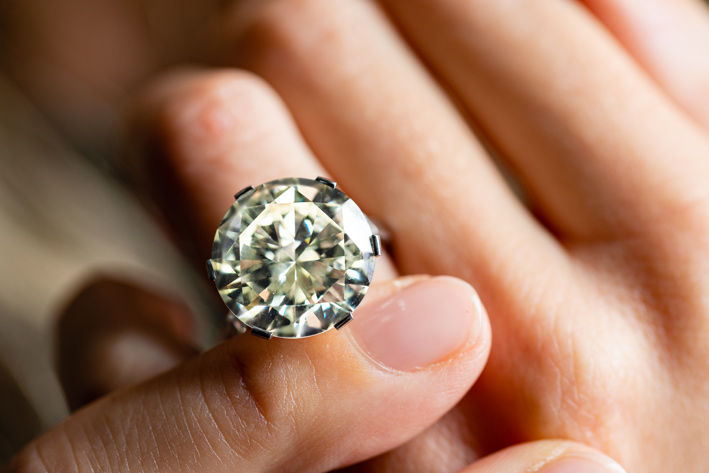



I am Italian and come from the region of Venice. I am well acquainted with the very traditional line of Moretto jewelry.
The real scandal is indeed the ignorance of history and art, and coming from the British on top of it?!
Enough with seeing racism everywhere.